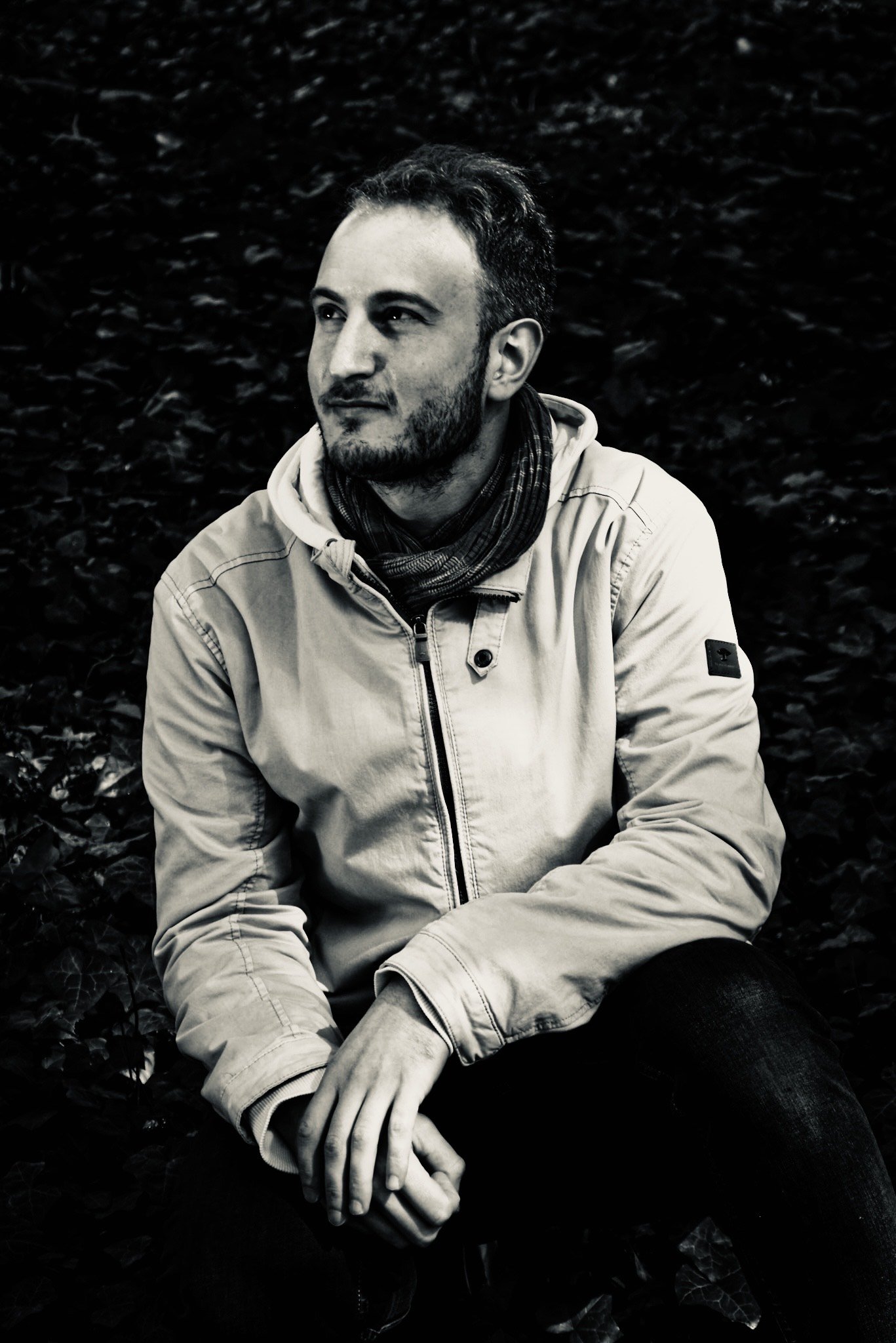Interview
Alessandro De Sciscio
Alessandro De Sciscio is an Italian artist, born in Brussels, Belgium. He is a simple guy who has a passion for art, drawing and photography.
Alessandro works full-time as a lab technician in Luxembourg, and draws during his free time. He creates mostly for himself, but he occasionally paints for friends, family or others who are interested in having a picture reproduced on canvas.
What is your background and how did you start your journey in the art world?
“My mother taught me how to draw when I was a kid. It is a hobby that continues to excite me over the years, and in hard times it has been a great comfort. In school, I learned different styles like perspective, first with landscapes, then houses and finally, portraits. I would practice when I got home, in order to be prepared for the next lesson. I continued drawing until university, and now it’s something I do for the pleasure of it.
During an internship in a laboratory in Italy, I met a colleague whose artwork impressed me for its realism. This motivated me to focus more on that style. So I started practicing the use and combination of colours, and learned by watching tutorials or videos of illustrators.
Even though I work as a laboratory technician full time, I keep drawing as a hobby, and I’m still learning. Sometimes my friends and colleagues ask me to reproduce a portrait of their pets on canvas, or ask me to recreate an image they saw online or thought of. Every request is a challenge that I gladly accept.”
What inspires you most?
“My inspiration comes randomly, based on what I see around me - pictures, objects, portraits or even other paintings that I would like to reproduce by experimenting with different techniques. My inspiration is not something I can control. It is based on the sensations or emotions that I perceive from the outside world.”
What themes do you pursue? Is there an underlying message in your work?
“I mostly focus on realistic art. I aim to reproduce the subject, whether it is a pet, person or object as realistically as I can.
There is no obvious message behind my work. Over the years, I have used art to relax and take my mind off the different thoughts that occur during the day or week. I still do art to relax, but nowadays it’s also about challenging myself. When I draw, I get lost in thoughts, sometimes related directly to the subject I’m drawing, or at other times, thoughts that just pop up in that moment. When I see the final result matching the image that I wanted to reproduce, I feel a sense of pride.
In life, we are all capable of surpassing our personal expectations.”
“If I had to describe my work, I would say that my style is still a work in progress.
I’m still in the learning process. Each canvas is a lesson or an experience in a new alternative use and combination of media.
I try to create realistic art because personally, I find it challenging to reproduce a part of reality on paper or canvas using simple materials."
What is your creative process like?
“Whenever I think about an image or portrait I would like to reproduce and hang on my walls, I look online or in my photo library. Then I think about how to adapt the picture in the way I would like to draw it; how to reproduce it and which materials to use.
I use different media, such as watercolours, markers, pencils, a white pen and a Tipp-Ex correction pen. I always start by making the base a light colour. I then combine different markers with pencils, trying to reach the right contrast. The last step is adding reflection with the correction pen and the white pen.”
Which artists influence you most?
“I learned how to draw mostly by watching YouTube videos of the Italian illustrator, Marcello Barenghi. He shows you step by step how to achieve a realistic drawing on a grey background, and how to use different mediums.
After discovering the astonishing artwork of Kim-Young Sung, I’ve been trying to replicate some of his artwork. Even when working on my own pictures on canvas, I’ve been paying attention to the details as he does.
Every new painting is a new lesson for me, and there are still new artists to discover.”
What is an artist’s role in society and how do you see that evolving?
“The artist wants to share with his viewers an alternative way of seeing the world; to see how he can express fear, passion or frustration through the colours. Art has taken different forms over the centuries, and will remain a fundamental instrument of communication and expression. Art will keep adapting. Today it is easier to create and share one’s art, thanks to the new technologies and the stimulation from the world.”
Instagram: @dsalex03










